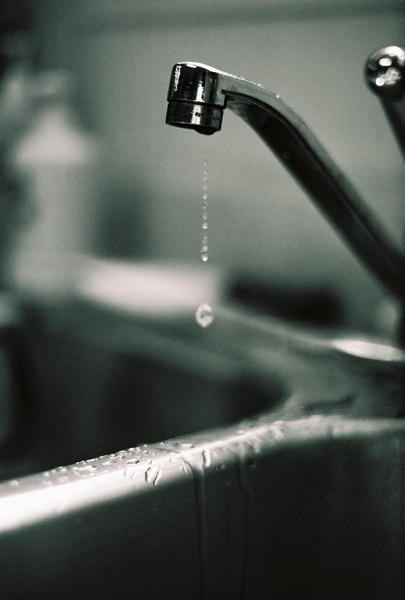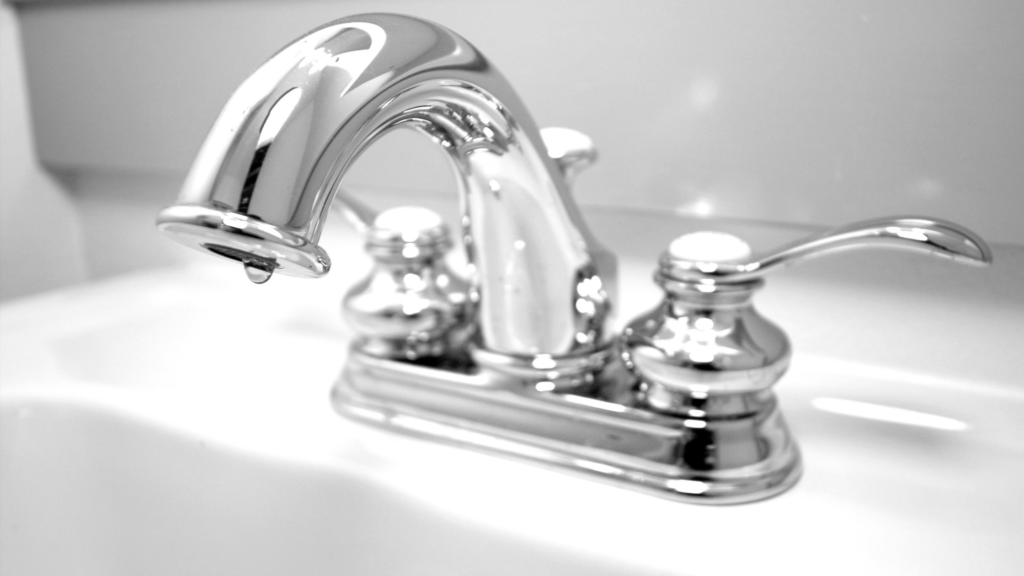When a Dripping Faucet Matters
When a Dripping Faucet Matters
Blog Article
This article which follows relating to The Environmental Impact of Leaky Faucets is particularly stimulating. Read it for yourself and decide what you think of it.

Intro
A leaky faucet could appear like a minor annoyance, yet its effects extend much past the occasional drip. Recognizing the results of a leaky faucet is essential for both home owners and the setting. In this article, we'll check out the numerous impacts of this usual household problem and why resolving it promptly is essential.
Reasons For Leaky Faucets
Dripping taps can result from a range of variables, including deterioration, high water stress, and deterioration. With time, the continuous use of faucets can bring about damaged seals and gaskets, triggering leaks to create. Furthermore, excessive water stress can place pressure on plumbing fixtures, resulting in leaks. Deterioration and corrosion can likewise weaken faucet elements, making them prone to leak.
Water Wastage
Among the most significant effects of a leaky tap is water waste. Even a small drip can amount to gallons of wasted water gradually. This not only drives up water expenses but also adds to water deficiency and environmental degradation. Resolving dripping faucets without delay is crucial for saving this priceless source and reducing its impact on the earth.
Financial Impact
In addition to drainage, dripping taps can additionally have a substantial economic impact. Boosted water costs are a direct effect of water wastage, setting you back property owners numerous bucks annually. Moreover, the cost of fixing water damages caused by leakages can be considerable, specifically if left ignored for an extensive duration.
Environmental Impact
The environmental effect of leaky faucets prolongs beyond water waste. By saving water, house owners can contribute to more comprehensive efforts to alleviate water shortage and protect all-natural ecosystems. Lasting alternatives such as rainwater harvesting and water-efficient fixtures can additionally minimize the ecological footprint of home water usage.
Technological Solutions
Developments in technology have resulted in the development of smart taps and water-saving tools that aid lessen water waste. Smart faucets use sensing units to find movement and change water flow as necessary, lowering waste without sacrificing convenience. Water-saving tools such as aerators and low-flow showerheads are likewise effective in conserving water without endangering performance.
Global Viewpoints
While leaking faucets might appear like a localized concern, they contribute to broader worldwide challenges such as water scarcity and environment change. In areas already encountering water anxiety, every drop counts, making leakage prevention and fixing necessary. By embracing water-saving techniques and purchasing lasting innovations, homeowners can play their component in dealing with these pushing global concerns.
Regulatory Measures
Government laws play a critical duty in alleviating the effect of dripping faucets and advertising water conservation. From developing codes that call for water-efficient fixtures to water-saving incentives and rebates, policymakers have a range of devices at their disposal. By implementing and applying these regulations, federal governments can make certain that property owners focus on water preservation in their daily lives.
Neighborhood Effect
Addressing leaky faucets needs collective initiatives at the area degree. By raising awareness regarding the value of water conservation and offering resources for leak detection and repair service, neighborhood authorities can encourage homeowners to take action. Initiatives such as water-saving rebate programs and leakage detection projects can incentivize actions modification and advertise responsible water usage.
Situation Studies
Real-life instances of the influence of dripping taps emphasize the importance of positive maintenance and timely repairs. From water damages to escalating water bills, the repercussions of overlooking leakages can be severe. By sharing these case studies, house owners can much better recognize the relevance of attending to leaky taps without delay.
Educational Campaigns
Educational campaigns play a crucial duty in elevating understanding regarding the effects of leaking taps and promoting water preservation practices. With workshops, seminars, and on the internet sources, house owners can learn just how to discover and fix leakages themselves. By encouraging individuals with expertise and devices, educational projects can cultivate a culture of liable water use within communities.
Health Worries
Dripping taps can develop conducive atmospheres for mold and mildew and mold growth, posturing health risks to passengers. The visibility of mold and mildew can exacerbate breathing concerns and allergic reactions, particularly in prone people. Furthermore, water damage resulting from leaks can endanger the architectural honesty of structures and lead to costly repairs.
Do it yourself vs. Expert Fixing
When confronted with a leaking faucet, property owners typically dispute whether to attempt repair work themselves or hire a specialist plumber. While DIY repairs can save cash, they may not constantly attend to the underlying issue properly. Expert plumbings have the competence and tools to diagnose and deal with leaks appropriately, making sure lasting services and satisfaction for house owners.
Safety nets
Avoiding dripping taps requires routine upkeep and proactive steps. Straightforward jobs such as changing worn-out washers and seals can prevent leakages from developing. Additionally, upgrading to top quality fixtures and lowering water pressure can assist lengthen the lifespan of faucets and decrease the threat of leaks.
Conclusion
Finally, the results of a leaking faucet extend much past the occasional drip. From water wastage and increased water costs to wellness problems and ecological effect, the consequences of ignoring leakages can be significant. By attending to leaking taps immediately and taking on water-saving methods, property owners can minimize these results and add to an extra sustainable future.
Why You Shouldn’t Ignore a Leaky Faucet in Your Home
What Causes a Leaky Faucet?
Various factors can cause a leak, from loose and worn-out parts to corrosion. Your faucet has four essential components from which most plumbing issues will stem: the O-ring, the valve seat, the washer and the gasket.
What Is an O-Ring?
The O-ring is a stem screw that fastens parts of the faucet in place, preventing water from leaking out of the spout. Depending on your faucet type, the stem might have multiple O-rings. Water will drip from the faucet’s handles and base if this part breaks or deteriorates.
What Is a Valve Seat?
The valve seat controls the flow and temperature of the water. Found at the base of the handle, it works as a seal for the faucet’s stem. The valve seat ensures the water is allowed to flow or is blocked as the handles dictate. You’ll know it’s malfunctioning when water leaks from your faucet’s sides.
What Is a Gasket?
The gasket is found between the water inlet and the valve stem. It creates a seal between the faucet and the sink, holding its joints by aerators attached to the stem’s head. Water will trickle out from the base if the gasket isn’t working.
What Is a Washer?
The washer secures the handles and prevents leakage, serving a similar purpose to the O-ring. While the O-ring is ordinarily round and made from an elastic material, such as rubber, the washer is square-shaped and composed of brass, copper and other hard metals. If it malfunctions, corrodes or has been improperly installed, water will leak out of the handles, causing that incessant faucet drip.
Why Is a Leaky Faucet Dangerous?
A leaky faucet left alone for too long can have significant consequences.
Pest Infestations
Since bugs and rodents gravitate towards the scent of water, a leaky faucet will draw pests to your sink. Both are looking for leaks accessible through crawl spaces, which a faucet provides. If you leave water dripping for too long, you run the risk of an infestation.
Rust
If one of the faucet parts has started to corrode, the resulting rust can spread to your pipes and valves with startling speed. The rust might even lead to cracks or other impairments, resulting in more severe plumbing issues.
Your sink could also sustain damage from a leaky faucet. The water in your tap possesses sparse elements of calcium and iron that can stain your sink with repeated and prolonged exposure. Once those elements in the water have been open to the air for some time, your sink will start to rust, creating marks that can be difficult to remove.
https://www.tomsmechanical.com/blog/why-you-shouldnt-ignore-a-leaky-faucet-in-your-home

I found that piece about Causes and Consequences of a Leaky Faucet while doing a lookup on the search engines. Sharing is good. One never knows, you might be doing someone a favor. We truly appreciate your readership.
Report this page